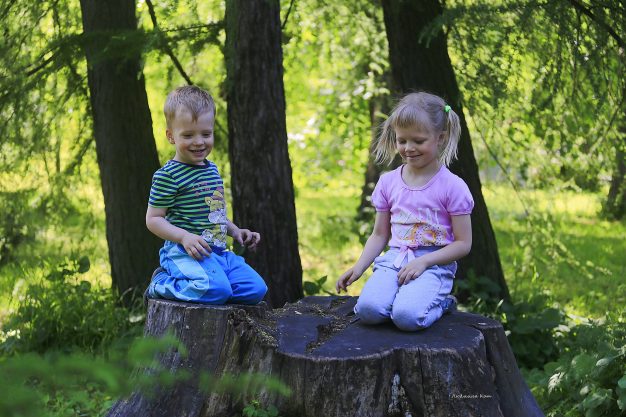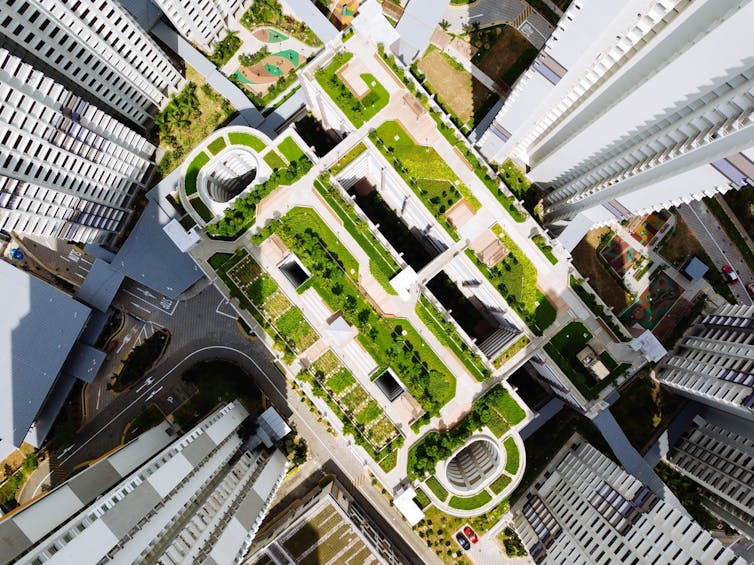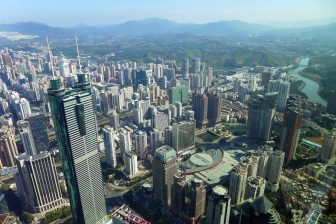
More parks and waterways in cities could prevent premature deaths, study finds
For city dwellers, having access to green space is generally touted as a guardian of good health. Research shows that spending time in parks and urban woodlands, green streets and gardens contributes to fewer mental-health problems, less heart disease, better cognitive functioning in both children and the elderly, and healthier babies.
This is particularly true for children. Those who go to greener schools with more trees and natural play areas have been shown to have better brain development and exams results. Research also shows that early childhood exposure to green space can lead to fewer mental health problems in adult life.
Our research confirms that access to urban parks and other green space contributes to lower premature mortality and longer life expectancy. We have found that up to 43,000 premature deaths could be prevented annually in more than 1,000 European cities if they achieved the recommendations set out by the World Health Organization (WHO) in terms of residential proximity to green space.
Green space is only beneficial if designers ensure people can use it.
CHUTTERSNAP on Unsplash, FAL
Official guidelines
The WHO recommends universal access to green space and recommends that there should be a green space measuring at least 0.5 hectares (3.7 acres) no more than 300 metres from every home. However, our results showed that 62% of the population in the nearly 1,000 European cities lives in areas with less green space than recommended. Particularly in poorer neighbourhoods, there isn’t enough green space close to where people live. This means people don’t get the health benefits they could.
For urban planners, as a rule of thumb, every citizen should be able to see at least three trees from their home, have 30% of tree-canopy cover in their neighbourhood and live within 300 metres of the nearest park or green space. This is the so-called 3-30-300 rule originally proposed by Dutch urban forestry expert Cecil Konijnendijk.
Health professionals increasingly also underline the importance of so-called blue space in urban environments: rivers, lakes, beaches and seafronts. Going for a walk along a canal or being on the water in a boat brings health benefits, as does swimming.
It has been shown to lead to better mental health and more physical activity and, to a less extent, to better general health. Research has found it helps to reduce obesity and heart disease. It may help reduce urban heat-island effects in cities: city planners have long highlighted the vital contributions bodies of water can play in cooling urban centres. Once again, there is not enough of it near to where people live in cities.
Missing spaces
The mere presence of green or blue space, however, is not enough. People need access to them. To maintain good health and wellbeing, at least two hours per week of visits to green or blue space are recommended.
The EU-funded GoGreenRoutes project, currently underway in cities across Europe, Latin America and China, aims to make city-dwellers more connected to nature. It is looking at how to use green and blue space to enhance inhabitants’ physical and mental health in cities including Burgas in Bulgaria, Tallinn in Estonia and Umea in Sweden. This includes increasing the number of shared walkways, stretches of greenery such as canal towpaths or disused railbeds, and so-called pocket parks, which are the irregular bits of land on street corners or vacant lots that can be landscaped into tiny green spaces.
More generally, European cities should focus on reclaiming urban land to provide more green space. This could take the shape of everything from planting gardens on rooftops and building garden walls to adding trees and pocket parks to street corners. It is about rerouting traffic, digging up asphalt and replacing it with as much greenery as possible. Similarly, waterways should be made accessible to all.
Razieh Zandieh, Lecturer in urban planning and design, University of Manchester and Mark Nieuwenhuijsen, Research Professor ISGlobal Barcelona and Professorial Fellow, ACU Melbourne, Australian Catholic University
This article is republished from The Conversation under a Creative Commons license. Read the original article.





